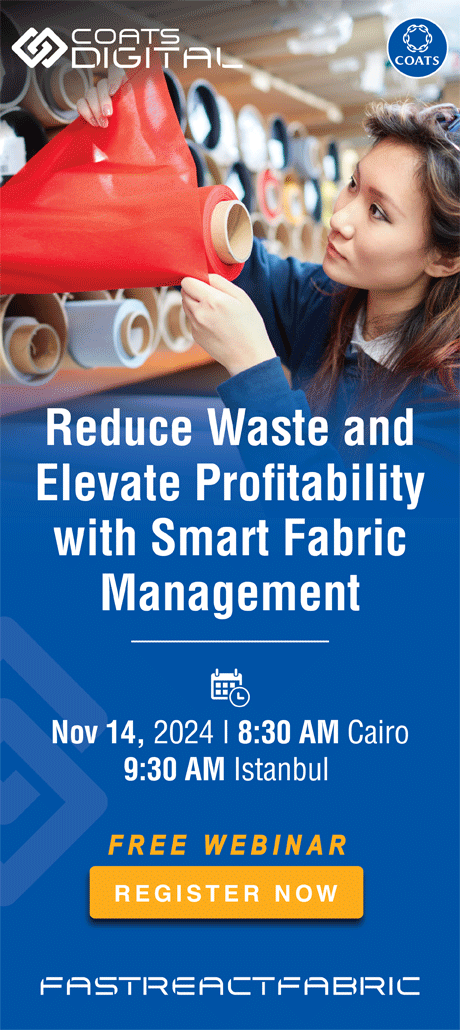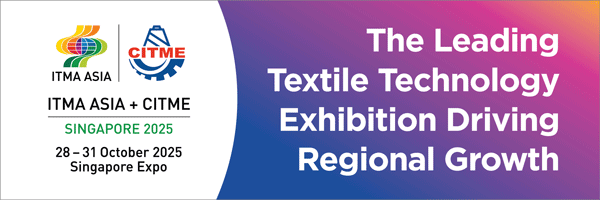The suppliers in Vietnam textile industry received training on climate action as part of the initiative to transform the textile industry into a more sustainable ‘Made in Vietnam’ sector. The topics covered in the recent workshop include greenhouse gas accounting, greenhouse gas reduction target setting, energy efficiency and renewable energy sources.
Global Compact Network Germany, Global Compact Network Vietnam, Vietnam Chamber of Commerce and Industry, WWF-Vietnam, WWF-Germany joined forces to develop and organise the training.Five German fashion brands – Adidas, Hugo Boss, Otto Group, Puma Group and Vaude – together with the organisers mobilised around 80 participants from 30 supplier factories for the training, WWF said on its website.
In the beginning, the brands provided inputs on their climate strategy and underlined the high relevance to tackle their scope 3 emissions. The training introduced first steps on how to improve energy efficiency and implement renewable energy. Practical walk-through guidelines for a textile factory were introduced and applied during working sessions. Climate target setting, e.g. science based targets, was a concept only familiar to one participating supplier. In the future setting science based targets might be of increasing relevance for brands and factories alike. A guidance document from the Science Based Targets Initiative for the textile industry is currently under development.
83 per cent of the participants considered the training relevant for their current activities, 87 per cent considered participation as useful and 88 per cent said it raised awareness on climate and energy issues. The topics discussed ranged from tangible case studies from factories and their learning, the emission factor for electricity from grid, biogenic emissions to the necessity to provide practical and helpful tools to suppliers. The highest interest from the participants was on energy efficiency and examples from factories followed by setting up a greenhouse gas inventory and learning more about renewable energy solutions.


















